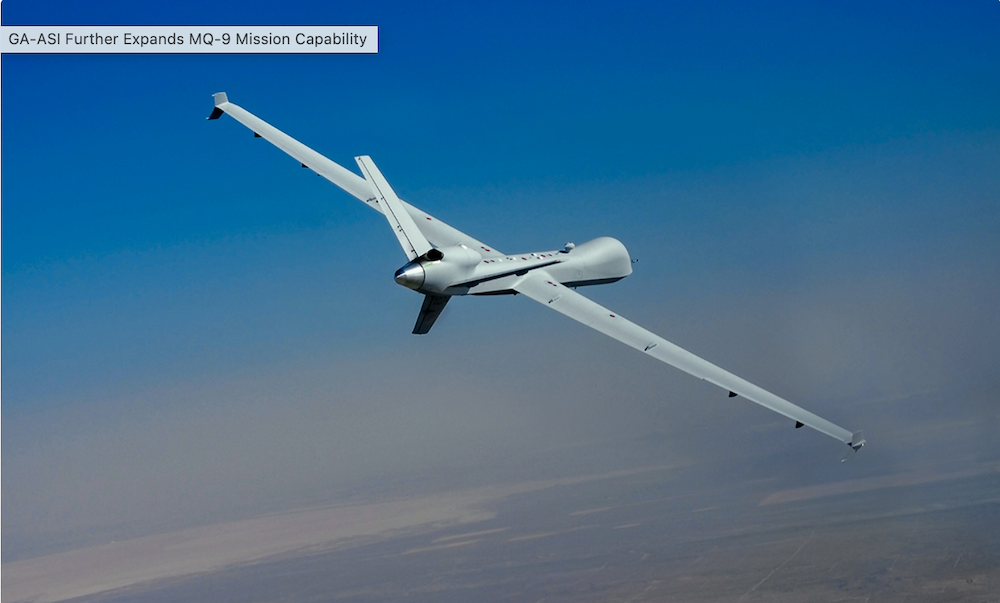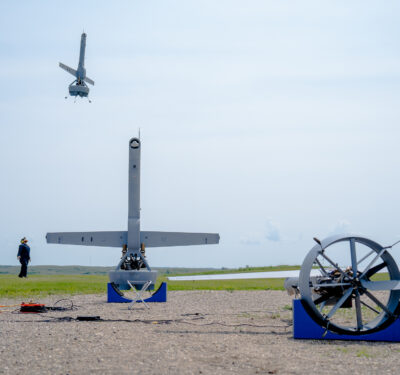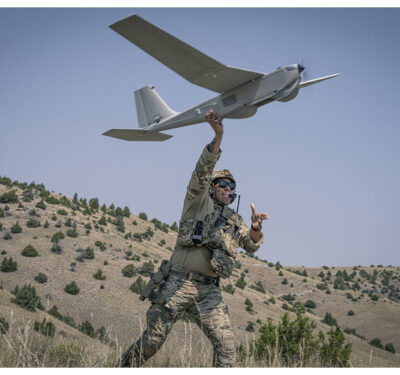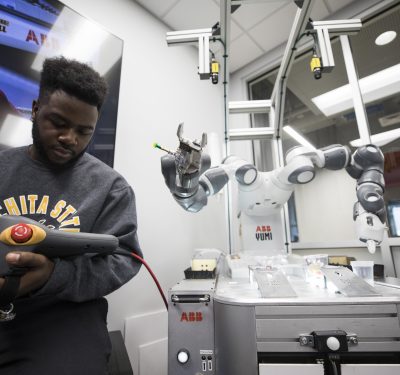
Now that the U.S. has taken its boots off Afghanistan’s ground, drones are poised for a bigger role than ever, continuing to provide both eyes and strike capabilities in the region.
As President Biden said at the end of August, “We will maintain the fight against terrorism in Afghanistan and other countries. We just don’t need to fight a ground war to do it.”
Biden noted that such “over the horizon” capabilities had been demonstrated by the strike on ISIS-K “days after they murdered 13 of our service members and dozens of innocent Afghans.”
Colonel Eric C. Schmidt, commander 432d Air Expeditionary Wing of the Air Force, a unit which exclusively flies drones, pointed to the continuation of the mission after the intelligence, surveillance, target acquisition and reconnaissance conducted during the evacuation.
Drones, Schmidt said, “performed ISR and armed overwatch missions, monitoring for the safety and security of evacuating Americans and providing force protection coverage for U.S. forces and allies on the ground.
“Now that the evacuation has successfully concluded,” he added, “we are postured to provide continued support to the Commander, U.S. Central Command with over-the-horizon counter-terrorism capabilities.”
These missions use, almost exclusively, General Atomics’ MQ-9 Reaper. As Colonel Doug Winton, chair of the department of military strategy, planning and operations at the U.S. Army War College, noted, “The MQ-9 Reaper is an incredibly effective platform for collecting intelligence in a wide variety of settings.
“There are distinct advantages of unmanned aircraft in terms of loiter time,” Winton continued. “They can remain in the target area longer. They can provide detailed imagery that allows commanders to assess their situation and identify threats.”
Retired Air Force Major General James Poss sees the ongoing use of drones as the continuation and evolution of a mission begun shortly after 9-11. He was the Coalition Air Force chief of intelligence then and the “third guy off the plane in Saudi Arabia. We were the ones that figured out how to do armed drone strikes,” he said.
Poss, who is also a columnist for Inside Unmanned Systems, feels, in fact, that “we got away from a successful drone strategy that’s worked against Al Queda, which is a very minimal U.S. ground force presence with a lot of drones. That strategy still works.”
Reapers, he noted, are capable of covering a 2,500-mile radius from a launch point. He described a staggered launch approach that effectively lengthens their already-long time in the air. He also pointed to the promise of a General Atomics concept project, called Defender, which will give drones the ability to defend themselves from fighters and surface to air missiles.
“The first time we launched a weapon off a drone was October 2001 and we only had two drones up at any one time when we took over Afghanistan,” Poss said. “Now we could have 65 drones up 24-7 if we wanted to.”
As to who the U.S. might partner with for launch points, Poss added, it might depend on sensitivities around whether the mission was strike or surveillance.
Retired Lt. Gen. Dave Deptula was director of combined forces after 9/11, and oversaw the first use of weaponized MQ-1s and the incorporation of UAVs into the Air Force from 2006-7. “Folks talk about how this is the end of the war,” he said. “It’s not the end of the war on terrorism. We’re just changing the character. We won’t continue with large ground personnel, but we will continue with both unmanned and manned aircraft.”
Photo courtesy General Atomics.






